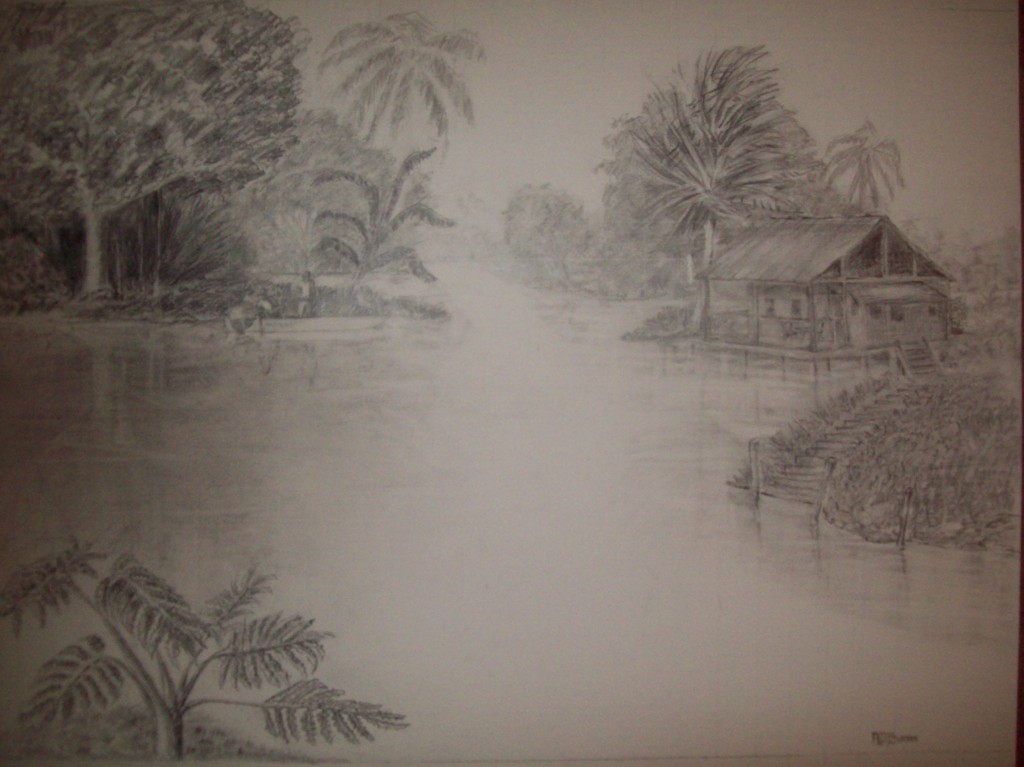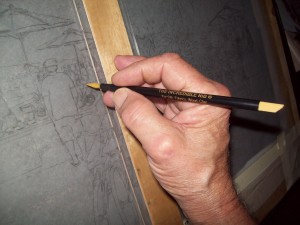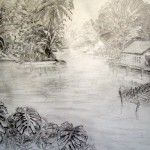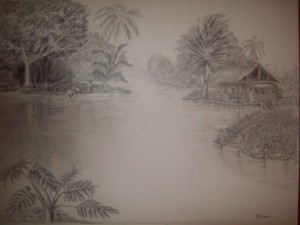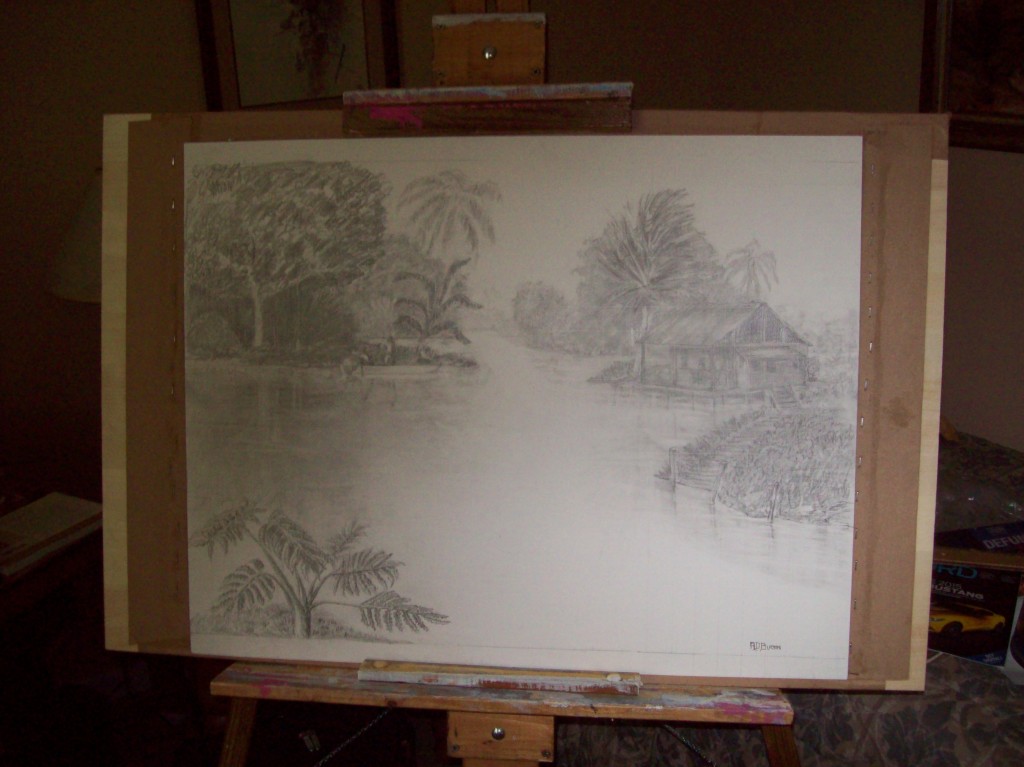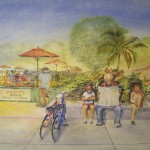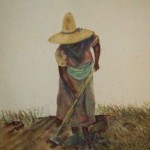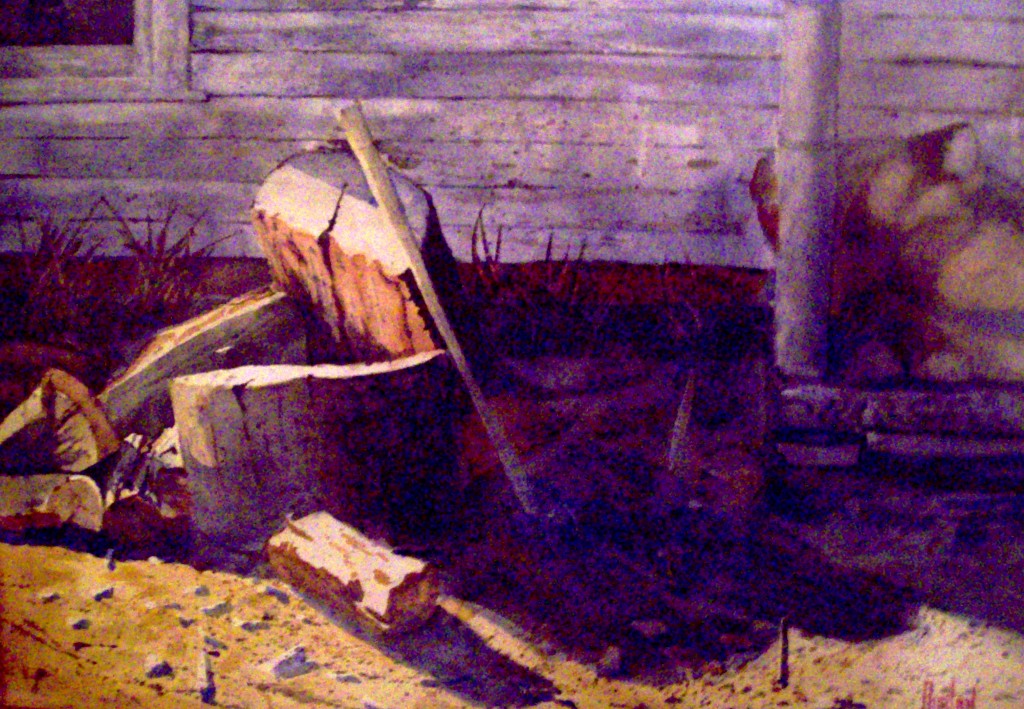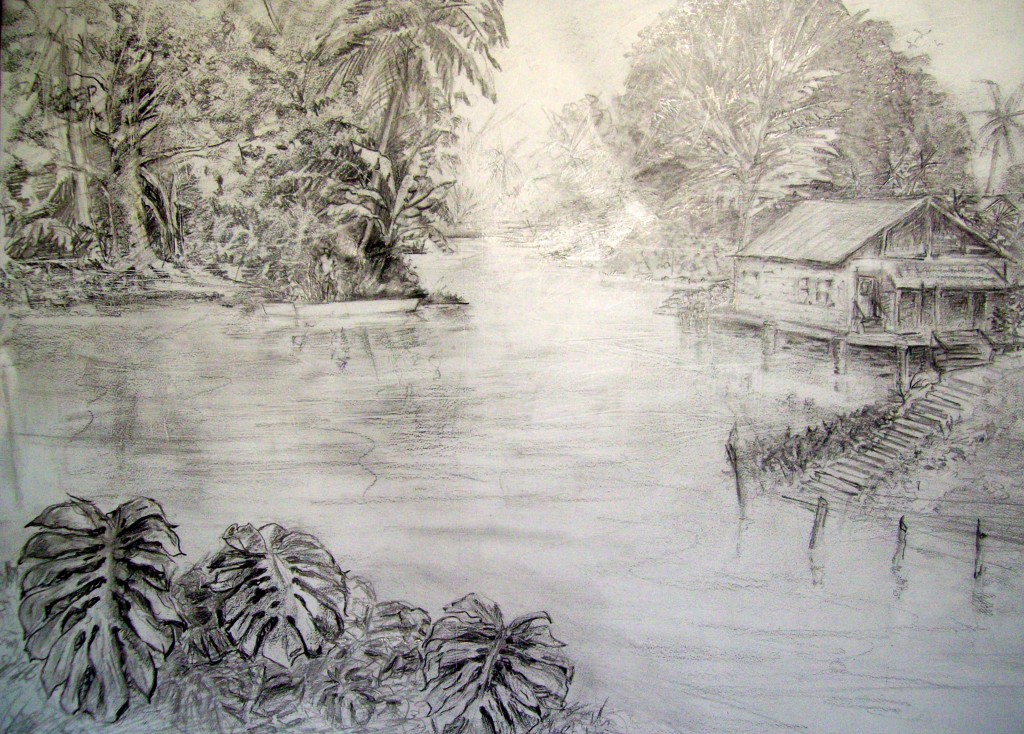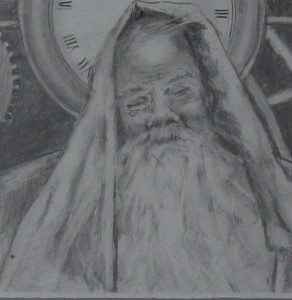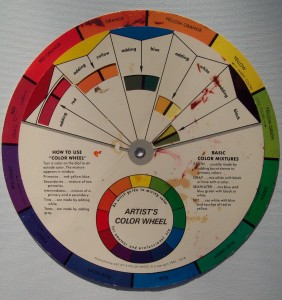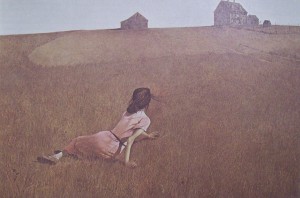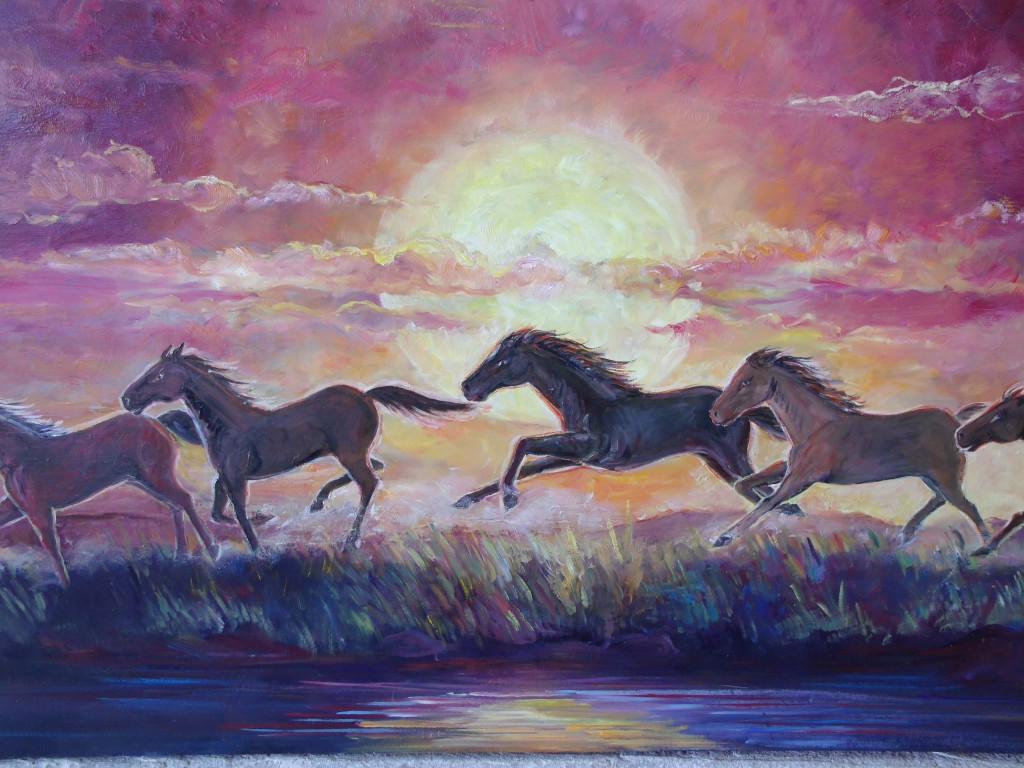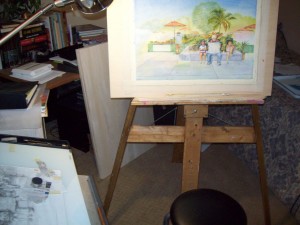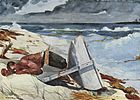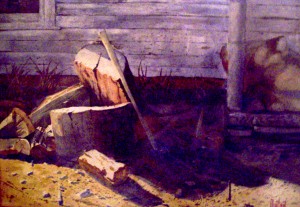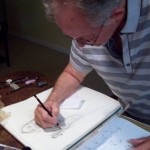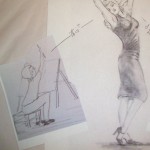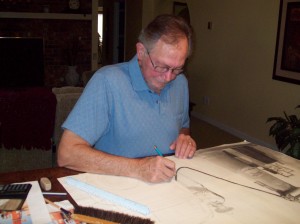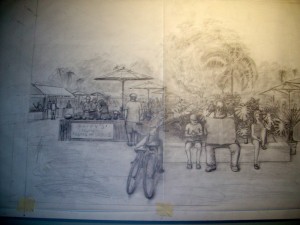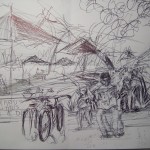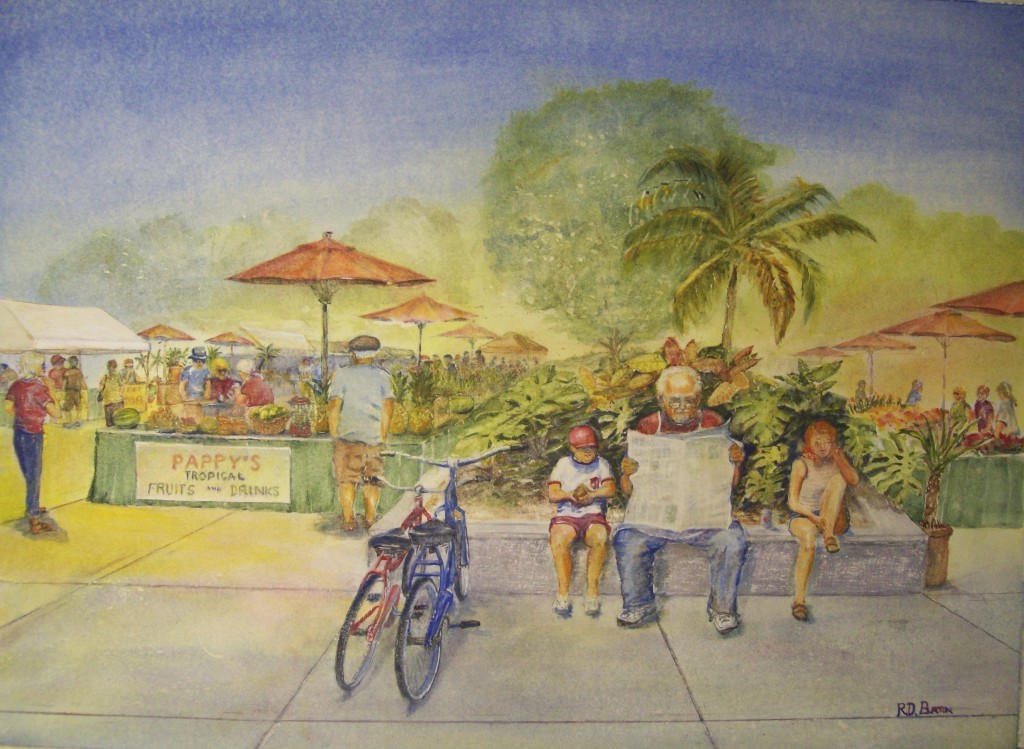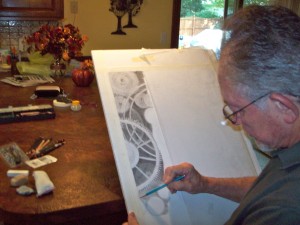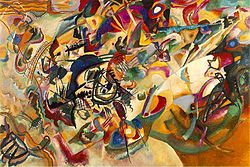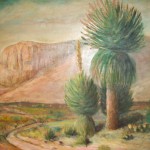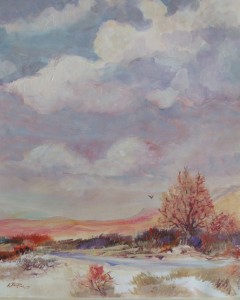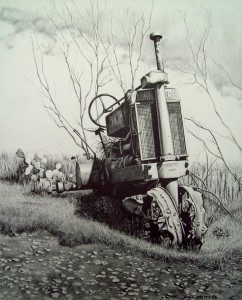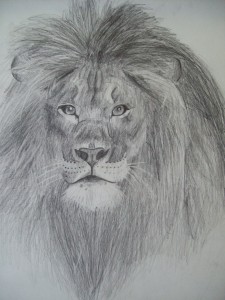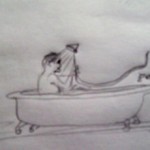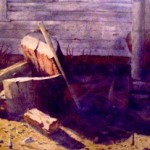
It feels good…I do it…therefore it is~Richard D. Burton
There is nothing wrong with being a realistic painter. However, sometimes, when an artist paints realistically they are inviting too much skepticism, or, perhaps, too much viewer study of just one certain area that doesn’t seem that realistic. Art, by its very nature, is to entertain, not to confuse. There is hardly any other purpose…right? Think about it, when a work of art captures too much attention to detail, and not enough to enjoy or entertain, then it doesn’t meet its true purpose.
If an artist understands that art is to entertain, then should not artists entertain themselves when they are drawing or painting or doing whatever they do to create? Should not creation be entertaining?
Sometimes, as artists, we get lost when attempting to work free and clear, having no drawing or preparation, having only a vague idea of what we want to accomplish. How will our design work? Should something be added or removed? These are just a few questions that attack us as we freely splat paint on our substrate.
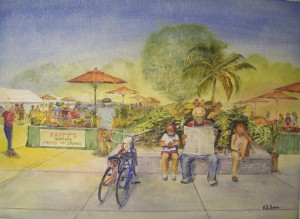
Now that I’ve talked about this, let me discuss the great adventure of being somewhat realistic while not losing artistic freedom. Is the painting you see to the right realistic or impressionistic? How would I know? When I painted it, I wanted it to tell a story. I really had a ton of fun painting it. That’s all that matters, and I hope my audience will have fun viewing it.
I have a certain technique that I use when painting a picture. It’s not original (nothing I do is). It’s old style that was used by many great artists. You can read and understand it by reading the post I did a couple of years ago that explains my technique by clicking on the sketch to the right.
In other words, I try to create a realistic drawing by loosening it up by doing color sketches and other sketches until I can control a loose feeling when the painting is finished. Generally, all my graphite drawings are near realism, while the composition may be abstract or surrealistic. I do not apologize, it’s just the way an artist’s mind works. What do I know? It feels good. I do it. Therefore, it is.
Be sure to sign up for Art Center Information’s newsletter. A drawing will be held where you might receive a art book. Check it out at the upper right of page.
Peruse the galleries at the top for the Burton talented artists.
If your haven’t already seen it, check out the latest graphite drawing that will hopefully turn into a more freely painted watercolor (below). Right now, call it a work in progress.
